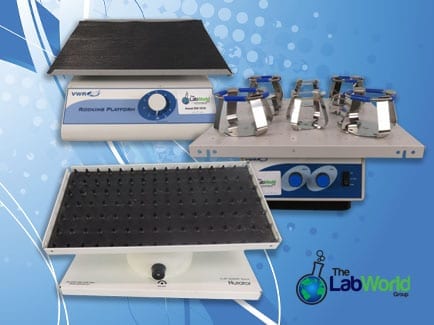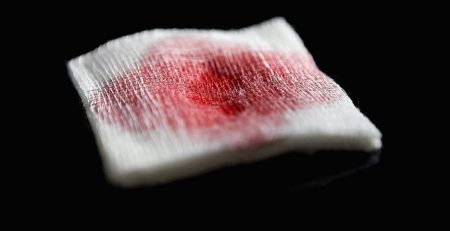Lab Shakers, Mixers, Rockers, & Rotators – Which is Right for You?
There are a number of laboratory equipment options available to help mix and combine your lab samples, but they all offer a variety different functions and methods. These pieces of equipment utilize kinetic motion to prepare, incubate, or wash samples offer a variety of configurations. Find out which is the best for you and your application by taking the following differences into consideration.
Lab Shakers
Lab shakers mix samples via linear motion and are capable of accomodating a variety of containers, including microplates, flasks, and bottles. In addition to basic lab shakers, additional variations include orbital shakers, reciprocal shakers, and shaking incubators. Shaking incubators combine shaking and heating in order to speed up the mixing process.
Lab Rockers and Rotators
Lab rockers mix laboratory samples by gently rocking, or tilting, the sample. Rockers are typically used for more delicate applications and can also handle a variety of lab containers, including flasks, test tubes, and dishes. Rotator Mixers roll samples in test tubes and other containers in an end over end motion for a consistent mix, and can sometimes act as a suplimental hybridization instrument, provided the instrument is built to withstand temperature ranges of cold rooms and incubators.
Lab Mixers
Lab mixers combine the movements of both rockers and shakers to mix samples. These pieces of equipment are best of applications that require through mixing, but gentle handling of samples. Rotators are also used to combine samples through multiple variations of movement, including rotating, rocking and tumbling samples so the samples can be mixed both horizontally and vertically. Rotators can also be easily customized to fit your lab’s unique needs. Click here to see our current inventory of Lab Shakers.














